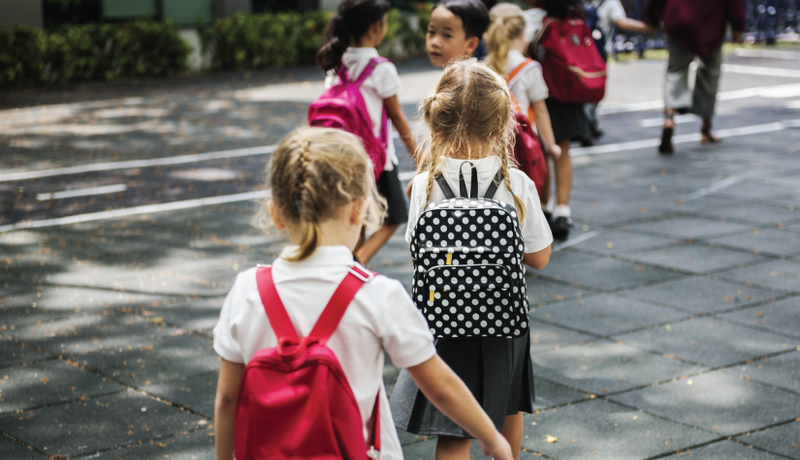As of June 9th, after more than two months of quiet, noise and life will return to Victoria’s schools. Some of the youngest year groups, as well as those studying hard for their VCEs, have already returned, they’ll be joined by the rest of the student community in a little over a week. Just as our teachers were called on to help their pupils’ transition out of the school environment, the onus is once again on them to ease our children back in. Here are four considerations to help make your restart a success
1. Communicate with Assurance and Reassurance
It’s going to be very important to remember just how alien and downright weird some of the restrictions our children were faced with during COVID-19. As school get’s back into the swing it will be essential for students and their families to be kept well in the loop on what is going to be the same at school, and what things will need to be adapted. One significant change that could cause concern for parents and students alike is the restriction on parents entering school grounds. Teachers waiting at the gates to greet students could help to lessen the potential anxiety around this.
2. Celebrate Accomplishments
What have your students been up to these past two months? Celebrating accomplishments is a great way of not only instilling confidence but also removing some of the negative connotations many children may have associated with their time away from school and using it as a springboard for the new term. Of course, there’s no restriction on what these accomplishments should be, each child has had to accept unprecedented levels of responsibility during this period, use the demonstration of autonomy to give them pride in what they have done.
3. Minimise Anxiety
Teachers would know better than most, that whilst many students will have had access to technology and the right environment to carry on their learning without too much disruption, others may have struggled greatly. Across a year group, there is likely to be a disparity in progress and readiness from classmate to classmate. Being mindful of this, teachers could and where possible should allow for several entry points for students on a given topic, with no one being asked to take on more than they can handle. The period of isolation may also have been more isolating for some than others, deliberately creating an inclusive environment where it is easy for students to reconnect with you and their peers are essential.
4. Reflect on Home-Learning
It isn’t possible to block out the memory of the last two months and just start where we left off, the experience will stay will all of us and the first few weeks back in the classroom will provide a good opportunity for exploring what the experience meant to each student. This can be achieved through a variety of creative outlets, whether it's oral sharing or a piece of art, maybe even a poem.
Summary
The next few weeks are likely to be challenging for teachers, students and families. Just as the period away from school threw up many difficulties we were not prepared for, so too will a return. But if teachers can create an environment where the difficulties students have faced can be seen from a positive perspective and as something to learn and take confidence from, there is a huge opportunity to use the time away from school as the foundation for new levels of engagement which may not have otherwise been possible.
If you are interested in identifying a new teaching role this term then contact one of our specialists today to explore opportunities.
